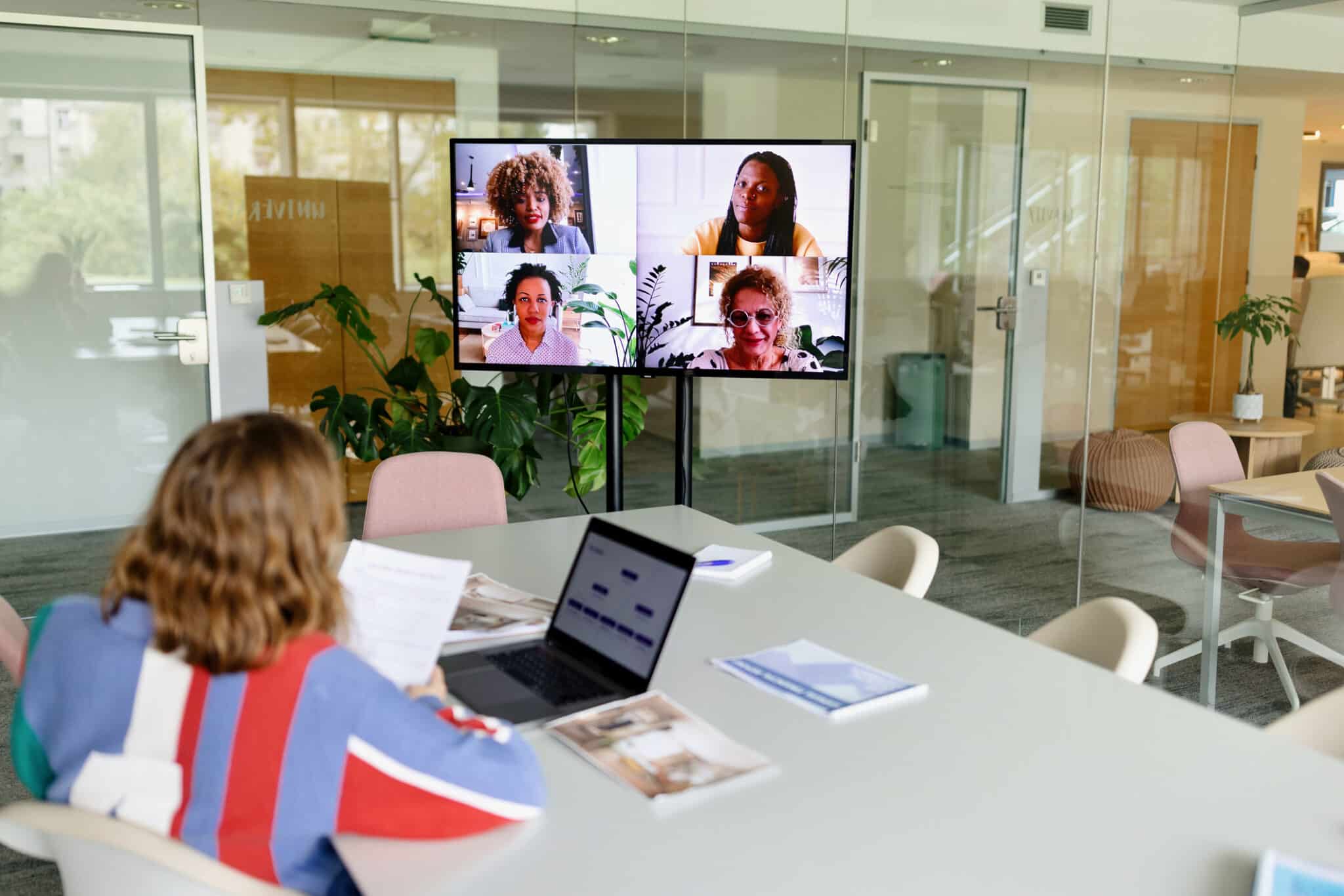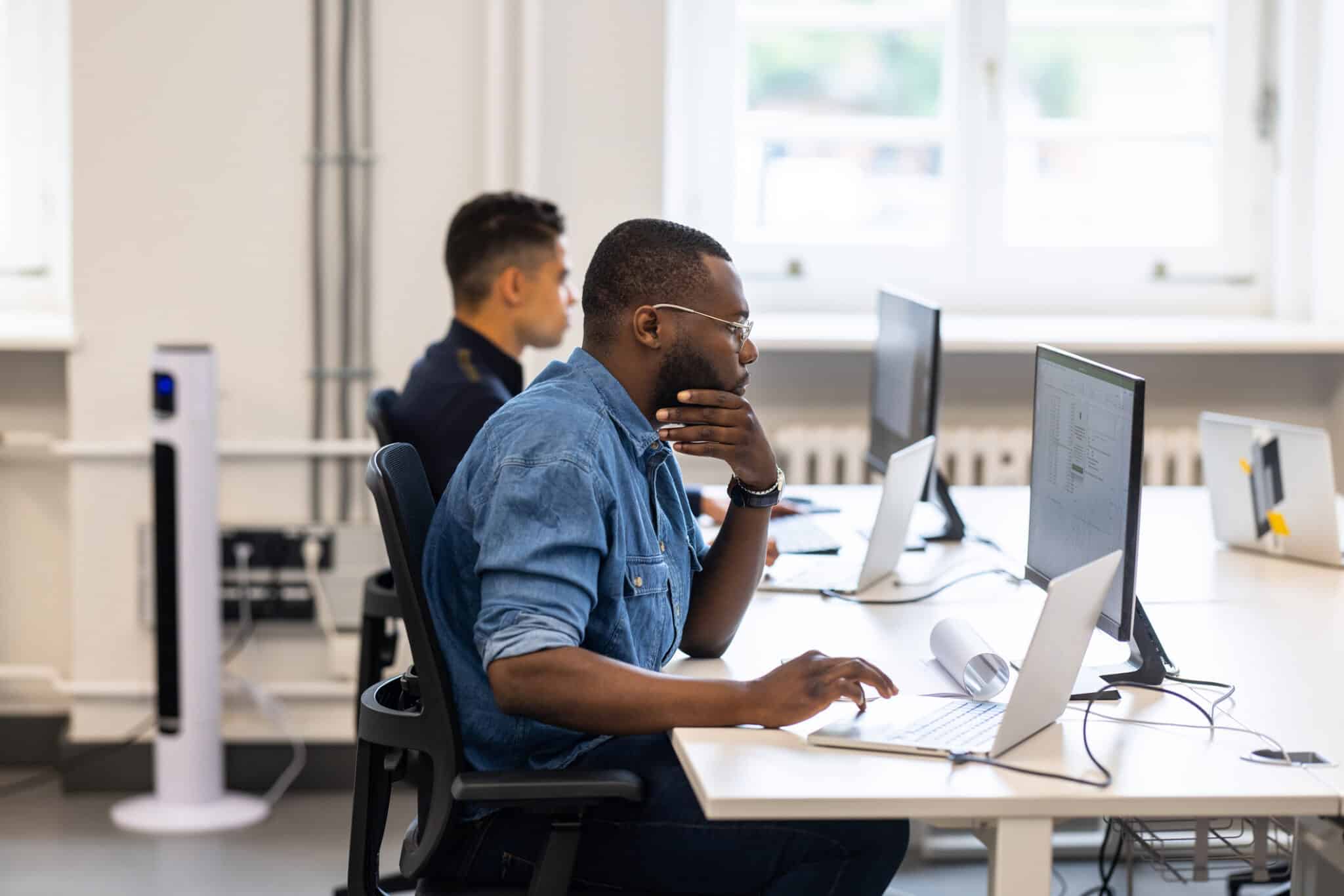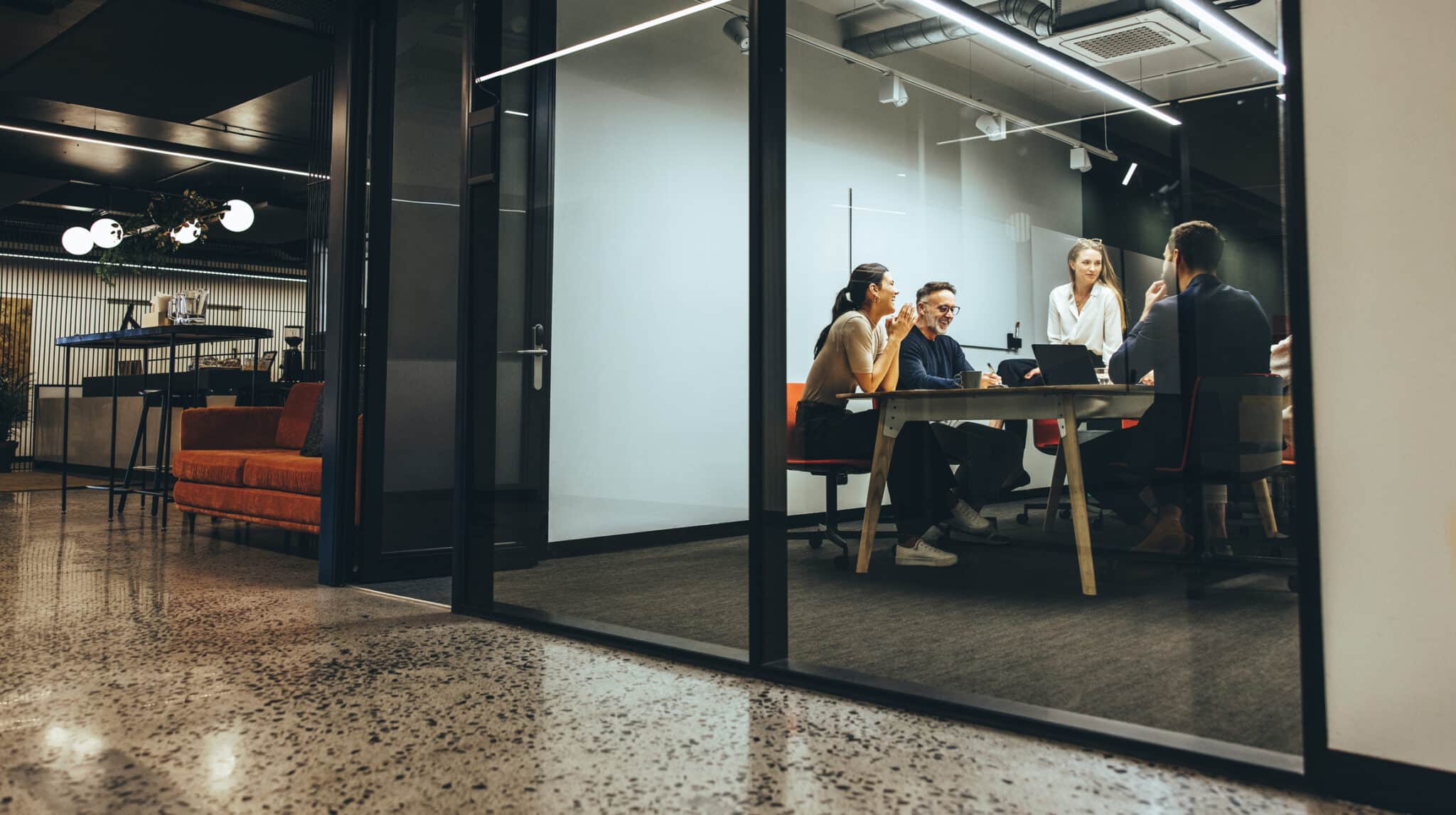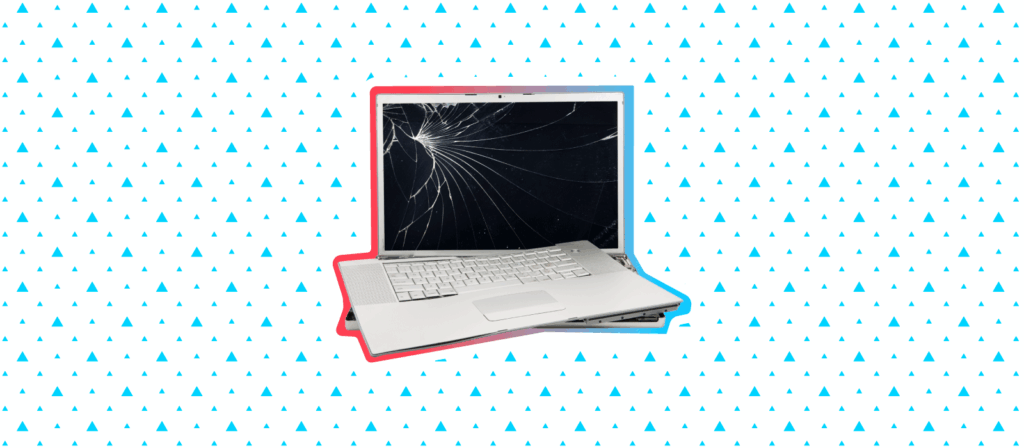AI technology is becoming increasingly dynamic and flexible. They can win state-fair art contests, cause software engineers to have metaphysical crises, and design parts for spaceships and gardens with more efficient shade. Humans and human workers are in a watershed AI moment. What comes next is less certain. Concerns about job displacement and reskilling are very real. Three hundred million full-time jobs could be automated, and “80 percent of the U.S. workforce could see an effect on at least 10 percent of their tasks,” according to research summed up by the New York Times article, “The A.I. Revolution Will Change Work. Nobody Agrees How.”
Likewise, experts agree that we’re still in the dark about what AI’s future forms will look like. Businesses are grappling with how the future of work will look in a world of automation, machine learning algorithms, and generative AI, a power that “has supercharged the potential of technology to help, hinder or reorient how we work,” according to the WSJ.
So, how will AI technology change the future of work? How will the AI revolution transform the workspace—a place that has already shape-shifted in the wake of the pandemic? In what ways will the most successful organizations and companies implement generative AI systems for the emerging hybrid work model that looks to dominate the future?
The Approaching AI Horizon
For its report “How AI Will Change the Workplace,” the Wall Street Journal asked business leaders and innovators how the “AI explosion [is compelling] businesses to rethink, well, almost everything.” These luminaries from the McKinsey Global Institute, the University of Southern California, M.I.T, and the Brookings Institution horizon-gazed and saw an AI-powered landscape with these features:
- Employees breaking through “barriers to efficiency and productivity”: Workers will learn to use complex technology with greater ease by asking AI for help on routine tasks using natural language
- Artificial intelligence helping upskill older workers, allowing them “to be seen, even by those with ageist eyes, as young again”: AI-driven coaching and collaboration will close technology-knowledge gaps faced by Gen Xers and older Millenials. (More to come below on generational workers.)
- Confronting ethical considerations: How will integrating ChatGPT-crafted responses in emails change the old rules of politeness and fairness between coworkers?
Remote Work and the Hybrid Workspace:

Not all of this is speculation. AI tools and other technological advances are, of course, already reshaping the frameworks of many companies at a time when the idea of what it means to work—and where exactly work takes place—has already transformed.
The New Aesthetic
Now that pandemic lockdowns, quarantines, and social distancing are no longer the forces that guide our lives, employees are making their way back to offices. However, the spaces and the cultures in them have little resemblance to their pre-pandemic forms. “I’ve been a workplace designer for the last 24 years,” said the architect Arjun Kaicker. “I’ve seen more change in the last 24 months than in the whole of my career.”
Before the pandemic, “[most] office buildings had a one-size-fits-all desk for everyone, and the same environment around them, the same everything,” said a member of the workplace design firm Zaha Hadid Analytics + Insights. Changes during the pandemic, he continued, “supercharged innovation in the workplace.”
New spaces are also partly meant to inspire employees away from their homes and into a hybrid work model—one that maintains the core comfort and freedoms that people experienced while working at home during the pandemic. According to the WSJ’s article “How Hybrid Work Is Changing Offices of the Future,” some design trends include vast amounts of “touchdown spots”, hot desks, and unique collaborative spaces where employees can log in and work from just about anywhere.
Collaboration in the Hybrid Workplace
According to Forbes, almost 80% of businesses are turning to hybrid work modes. Entities, including Microsoft, the government of Massachusetts, and the New York Times, plan to turn to the hybrid model, which a spokesperson for the newspaper called a “collaborative work environment that is a driver of success.”
Company decision-makers are increasingly focused on hosting their employees in office ecosystems—spaces employees want to move through, work within, and visit. HubSpot is one of these companies. It’s carving out workplaces “that facilitate serendipitous connections and team collaboration,” according to HubSpot’s CFO. “This includes open nomad tables, lounge areas with digital whiteboards, and booths to grab coffee or share meals.” (HubSpot, it should be noted, consistently ranks among the companies with the highest employee satisfaction levels on Glassdoor.)
Of course, arriving at how to foster the ideal workplace for employee well-being and office productivity has its challenges. Leaders grapple with how to use new data and predictive analytics in decision-making processes for the workplace. They weigh how to optimize corporate real estate without sacrificing employee experience. Other challenges are more brass-tacks—but no less crucial: How many people are currently working in the office? What days of the week are most popular? How is space being utilized? What in-office attendance are companies expecting in 2023? Data collection and analysis is a big part of answering these questions—and that is something AI does well.
Hybrid Workers: The Gen Xers, Gen Zers, and Millennials
Another reason for the widespread adoption of hybrid work environments is a simpler motivation. They want to keep their workers happy, so they don’t quit. Job hopping is on the rise. As one survey conducted by an HR consultancy agency found, nearly 75% of employees between the ages of 18 and 26 are looking for a new job or are planning to search for one in the next six months.
Although the job-hopping pattern tracks conventional wisdom regarding younger workers, when it comes to other generational work qualities, there are some surprising conclusions. “When companies were first calling people back to the office, many assumed that the youngest workers would be the most rebellious,” the Times reported in the summer of 2023. “The reality has been more complicated.”
It has been the Gen Xers and Millennials who have advocated the hardest for their remote-work freedoms. This partly has to do with the fact that these older employees are more likely to have kids, and the prohibitive cost of childcare and the desire for flexible workflows is important to that demographic. However, many of the youngest employees want to avoid the complete isolation of fully remote work, instead preferring a more social hybrid model.
Hybrid work models allow companies to gain the advantages that come from having an in-person office in which employees can interact and collaborate. Here are a few of those advantages:
More Managerial Guidance
“It’s like if there’s something in my teeth, I want you to tell me,” a 28-year-old sales development manager at a tech company said. “Because I want to move up in my career…What could I have done better? Did I handle that correctly?”
Gateways to Advancement in the Hybrid Work Environment
Economists from Harvard, the Federal Reserve Bank of New York, and the University of Iowa found that the “power of proximity”—of lower-tier employees working in the same brick-and-mortar building—was a key factor in employees getting career-building feedback from managers. This was particularly true for female employees.
Cultivating Personal Relationships
Gen Zers and younger Millennials working from home aren’t going to accidentally cross paths with their company’s co-founder in the hallway and end up having coffee together and chatting about employee compensation (as happened to a sales manager who left her fully remote work at Lyft to return to the office). As JPMorgan Chase’s CEO Jamie Dimon argues, working from home “doesn’t work for spontaneous idea generation, it doesn’t work for culture…[What does is] bumping into each other over the day and advancing an idea you just had.”
Real Humans in a Digital World
According to an economist from the Federal Reserve Bank of New York, this one is simple: Gen Zers are saying what their grandparents have been cautioning them, “Face-to-face meetings are very different from FaceTime.”
In-Person Chats
An essay in the Times titled “Remote Work Is Failing Young Employees” highlights one of many challenges for younger remote employees: they hesitate to ask questions because they don’t want to feel like they are intruding by sending a formal email or Slack message
Lack of Enriching Socialization
Fully remote work means no loitering around a coffee urn. No debating over what lunch to have catered. No jokes astride nomad tables. No booths tea times, no tête-à-tête in the garden atrium. Cumulatively, this means not developing “the soft skills that one picks up in the first few years of working,” as a Gen Zer working in Ireland describes his struggle with fully remote work.
Of course, “generations are clues, not a box,” as one workplace researcher put it. More and more business leaders are shifting from remote work to a hybrid workplace and turning to office spaces that harness the potential of employees of all ages.
The Adoption of AI in the Hybrid Workplace

Hybrid workplaces are already being designed with the help of AI. Companies, including Zaha Hadid Architects, are using AI to figure out the challenges of the hybrid, post-pandemic workplace—a space where workers want “more choice, more personalization, and more mobility,” according to architect Arjun Kaicker.
AI systems will continue to evolve to keep hybrid offices running efficiently, according to the U.S. chief products and technology officer of PwC. “[AI-driven] concierge tools will book conference rooms, optimize the location of colleagues in the office so they can better collaborate, and help office managers manage capacity and services.” Managing capacity is a big part of negotiating the hybrid workspace—one that some worry could result in inefficient, empty spaces in office buildings. “Businesses just can’t afford to have swaths of real estate that are underutilized for the week,” says the author of Unworking: The Reinvention of the Modern Office.
The Intelligent Hybrid-Office
While the exact role the power of AI will play in how we organize our workspaces and workflows is still being defined by emerging technologies, companies like Office Space are already utilizing AI capabilities to streamline how data is gathered, processed, and applied to corporate real estate and facilities management.
At the heart of the smart hybrid office optimization is data collection and analysis. Companies are increasingly gauging office occupancy using badge-swipe data, Wifi logins, and loT technologies equipped with motion sensors and infrared rays to detect noise, temperature, and daylight. This data is key to helping companies navigate the complexities of the hybrid schedule and hybrid spaces. These office-management and human resource complexities include: Where do people like to work? What kind of work do employees do in this conference room, in that atrium, at that desk? At what time of day—with what level of daylight—is this work done?
Workplaces Designed With Artificial Intelligence
Of course, mining data isn’t an end in itself. How companies use that gathered data is where truly “smart” offices reveal themselves. Artificial intelligence systems have the power to distill vast amounts of data into helpful conclusions. Artificial intelligence can speedily process and analyze gathered historical- and real-time data and, in turn, help organize the hybrid office. With these conclusions in hand, facility managers and employees will be empowered to best harness desk hoteling, free-address seating, meeting-room booking software, and other office booking systems. Already, some firms are using AI to generate floor designs that most ergonomically arrange desks, air conditioning units, elevator shafts, stairwells, coffee hubs, couches, and lighting.
Simply, AI will likely be there for companies to figure out how to let employees find the best venues for collaboration and private spells alike. It’s becoming another tool that is reshaping the hybrid office—with its ebbs and flows—into an inspiring and efficient space.
Book a demo with OfficeSpace software today and start streamlining productivity, lowering costs, and achieve workplace intelligence.





